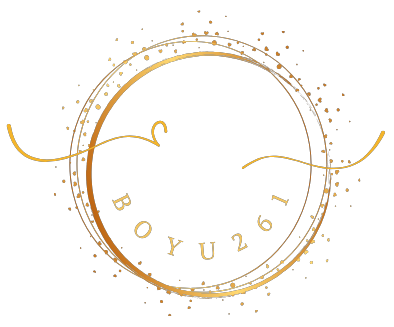In today’s fast-paced business landscape, cross-functional teams play a crucial role in driving innovation and efficiency. These teams, composed of members from various departments—such as marketing, product development, design, and customer service—bring diverse perspectives and expertise to the table bola tangkas. However, coordinating effectively across these different disciplines can be challenging. This is where the Agile Ball method comes into play, serving as a dynamic tool to enhance collaboration and productivity among cross-functional teams.
Understanding the Agile Ball Concept
The Agile Ball is a metaphorical concept that emphasizes the importance of agility, communication, and responsiveness within teams. It symbolizes the fluid exchange of ideas and the ability to adapt quickly to changing circumstances. The Agile Ball method encourages teams to embrace an iterative approach, allowing them to continuously refine their processes and outputs based on feedback and collaboration.
Benefits of Using Agile Ball for Cross-Functional Teams
- Enhanced Collaboration: The Agile Ball approach fosters a culture of teamwork by encouraging open communication. Team members are motivated to share insights and perspectives, leading to more innovative solutions.
- Faster Problem-Solving: With the Agile Ball method, teams can quickly identify challenges and collaboratively brainstorm solutions. This iterative process reduces the time taken to resolve issues, ultimately enhancing productivity.
- Adaptability to Change: In an ever-evolving business environment, the ability to pivot and adapt is crucial. The Agile Ball encourages teams to embrace change, making it easier to adjust strategies and priorities as new information or challenges arise.
- Improved Accountability: Each team member plays a vital role in the success of the project. By promoting individual accountability within the team dynamic, the Agile Ball method ensures that everyone is invested in the outcome.
- Focus on Continuous Improvement: The Agile Ball encourages teams to regularly reflect on their processes and outcomes. This focus on continuous improvement helps identify areas for enhancement and drives overall performance.
Implementing the Agile Ball Method
To effectively implement the Agile Ball method within your cross-functional team, consider the following steps:
- Define Clear Goals: Establish specific, measurable objectives that the team aims to achieve. This clarity provides a shared direction and purpose.
- Foster Open Communication: Create an environment where team members feel comfortable sharing ideas, feedback, and concerns. Regular check-ins and brainstorming sessions can facilitate this open dialogue.
- Encourage Iterative Work: Promote a culture of experimentation by allowing team members to test new ideas and approaches. Emphasize that failure is a natural part of the process and can lead to valuable insights.
- Utilize Agile Tools: Implement tools and methodologies that support agile practices, such as Kanban boards or Scrum frameworks. These tools can help visualize progress and streamline workflows.
- Celebrate Wins and Learn from Failures: Recognize both individual and team achievements. At the same time, create a safe space for discussing setbacks and learning from them to drive future success.
Conclusion
The Agile Ball method offers a powerful framework for enhancing collaboration and productivity within cross-functional teams. By embracing agility, fostering open communication, and focusing on continuous improvement, teams can bridge the gaps between departments and drive meaningful results. In a world where innovation is key to success, the Agile Ball provides the tools and mindset necessary for teams to thrive in an increasingly complex business environment.
